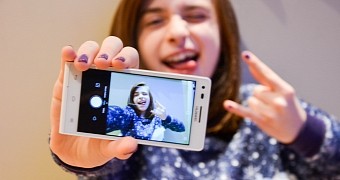MasterCard is moving a pilot program into the next stage and has decided to allow users to authenticate and authorize payments using biometrics instead of a classic PIN.
Launched last year in June, MasterCard's pilot program was only available for people in the Netherlands and the US and allowed users to pay for goods using four new distinct techniques.
Innovative payments pilot program to expand to more countries
To enter the program, users had to install a special MasterCard app on their smartphones or use one of the MasterCard-issued wristbands.
With these tools, users had the option of authorizing payments by taking a selfie (face recognition), placing a finger on their phone's camera (fingerprint recognition), speaking a code (voice recognition), or by measuring their cardiac rhythm (via the wristband).
At the Mobile World Congress held in Barcelona these days, MasterCard has announced that, starting this summer, these payment options and the pilot program will be expanded to more countries.
The country list includes the UK, Belgium, Spain, Italy, France, Germany, Switzerland, Norway, Sweden, Finland, Denmark, and Canada, which will join the previous countries, the US and the Netherlands.
Are selfie-approved payments safe?
MasterCard says that the new biometrics-based payments service was created to ensure and keep user data safe. The company says that no selfies, voice commands or fingerprints are sent to its servers for storage and that the mobile app transforms everything into ones and zeros.
Only this code is sent to MasterCard's servers, and it will be processed and analyzed for similarities to the user's default biometrics.
Security experts aren't really looking forward to biometrics-based payment verification systems. While passwords and PINs can be changed once compromised in a data breach, once biometrics data has been lost, the user may find it hard to change their face or voice just for the sake of their bank account's safety.

 14 DAY TRIAL //
14 DAY TRIAL // 